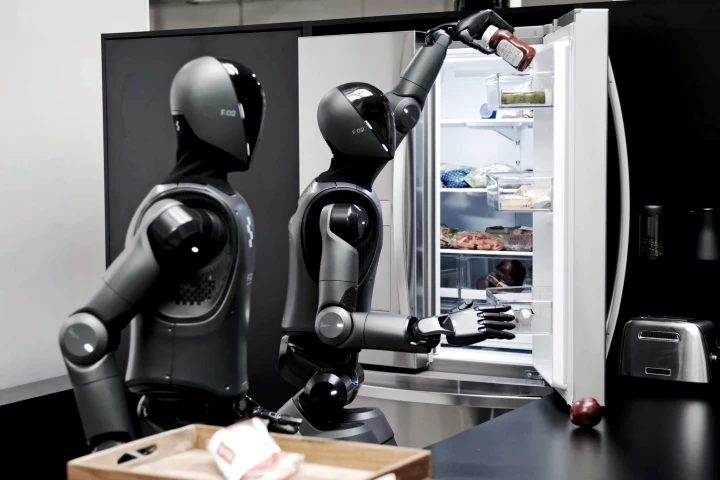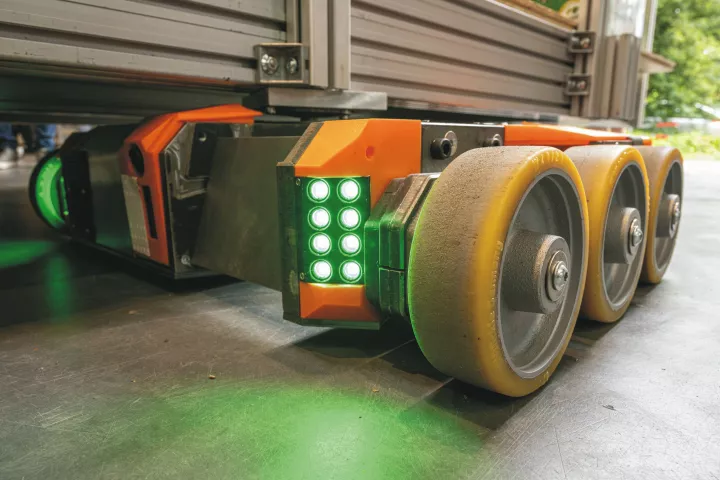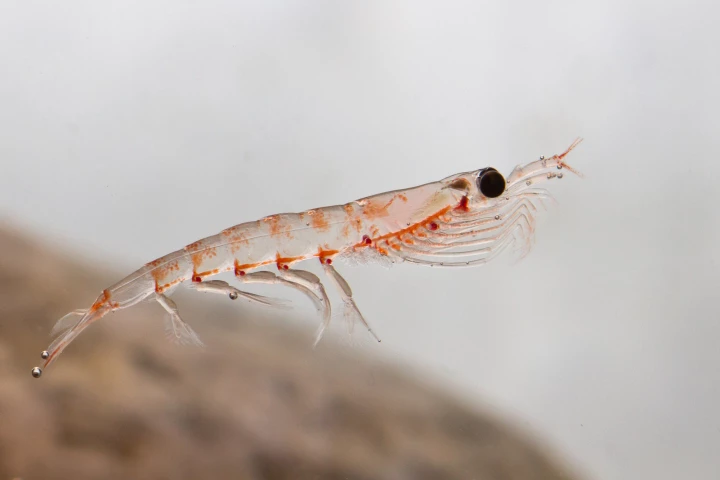Swarm Robotics
-
Only weeks after Figure.ai announced ending its collaboration deal with OpenAI, the Silicon Valley startup has announced Helix – a commercial-ready humanoid robot with an entirely new type of "hive-mind" AI brain called Helix VLA.
-
If a soft-bodied robot uses rigid actuators to move its body, then it isn't really soft now, is it? An experimental new caterpillar-inspired bot gets around that conundrum by using soft, collapsible origami segments to squirm and steer its way into our hearts.
-
Even though snails are slow and slimy-bottomed, they've inspired a new type of robot that could be quite useful. Groups of these bots can operate independently or join together in order to perform tasks that would otherwise be impossible.
-
The US Deputy Secretary of Defense has officially kicked off the AI drone wars, announcing a radical "Replicator" plan to put many thousands of intelligent autonomous war drones into service within 18-24 months, to deter a Chinese invasion of Taiwan.
-
While forklifts do work well for lifting and moving heavy loads indoors, they're bulky (in close quarters), expensive, and can't lift loads over a certain footprint size. That's where the FORMIC robotic transportation system is designed to come in.
-
While most of us may just think of krill as whale food, the tiny crustaceans are also very adept swimmers … enough so that scientists have developed a krill-inspired robotic platform in hopes of creating swarms of ocean-exploring swimming robots.
-
If you're designing robots for the exploration of oceans on other planets, you want something that's tough, versatile and easy to store in a spacecraft. It turns out that soft-bodied robots inspired by a marine organism may be the perfect choice.
-
Puerto Rico-based Red Cat Holdings has announced what it believes is the first and only commercially available multi-drone swarm system, allowing several DoD-approved drones to perform co-ordinated tasks under the control of a single pilot.
-
If an ant encounters a gap too wide for it to cross, the insect will sometimes signal other ants to form a bridge of their linked bodies. Such behaviour has now been copied in a small four-legged robot, that may inspire better search-and-rescue bots.
-
Due to the current pandemic, people are shopping online like never before. This means that distribution warehouses have become very busy places, where goods need to be transported quickly but safely – and that's where the LoadRunner comes in.
-
Although it's getting more common to see swarms of illuminated drones being used for aerial light shows, simultaneously charging and launching all of those drones can still be tricky. That's where the Flying Drone Blanket is intended to come in.
-
We've already heard about small flying or wheeled robots that cooperate on tasks by working in collaborative "swarms." Harvard University researchers have now gone a step further, by developing tiny underwater robots that school together like fish.
Load More











